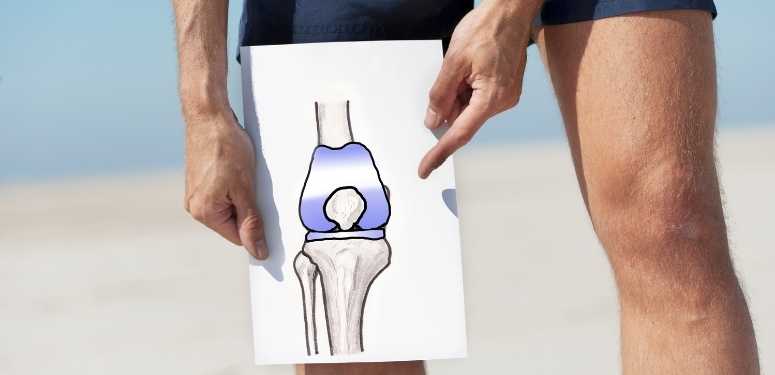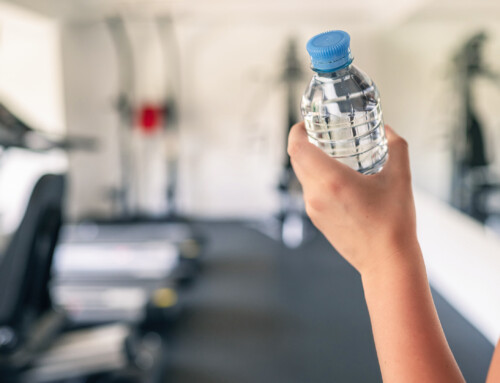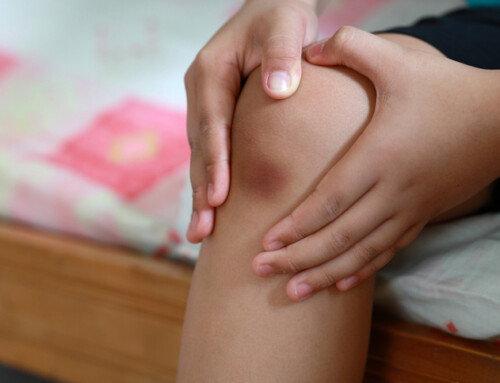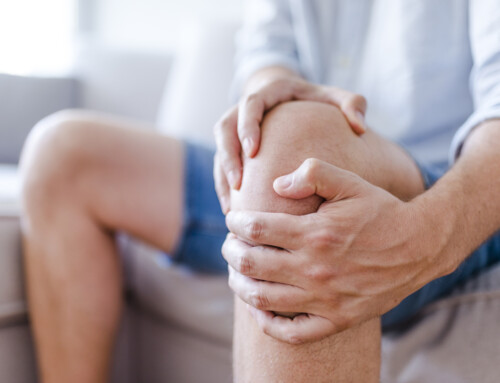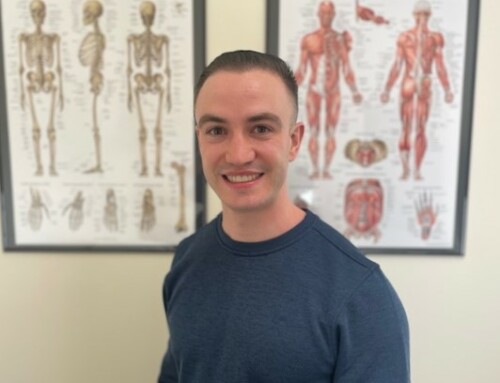Joelie Flynn, SPT
What are the benefits of physical therapy for total knee arthroplasty post-surgery?
Anatomy of the Knee
The knee joint is made up of three bones: the femur (the thigh bone), the tibia (the shin bone), and the patella (the kneecap). The articulating surfaces of the knee joint include the femoral condyle, or the bottom part of the femur, and the tibial plateau, or the top of the tibia.
The knee joint is reinforced by cartilage and several ligaments including menisci, anterior and posterior cruciate ligaments, and medial and lateral collateral ligaments. The anatomy of the knee joint allows for flexion (bending) and extension (straightening) motions to occur.
What is a TKA?
A TKA, more commonly known as a total knee replacement, refers to the surgical procedure where the damaged parts of the articulating surfaces are replaced with polyethylene plastic and metal. The use of plastic and metal parts allows the articulating surfaces of the knee joint to glide smoothly during movement.
Indications for TKA
End stage osteoarthritis is the most common indication for TKA. Osteoarthritis is a degenerative condition where the cartilage within the knee joint gradually deteriorates as a result of everyday wear and tear. As the cartilage wears down, the protective space within the joint decreases, resulting in direct bone on bone contact which can cause pain, swelling, and stiffness.
Other indications for TKA include rheumatoid arthritis and/or post-traumatic arthritis.
How Can Physical Therapy Help?
Physical Therapy for Total Knee Arthroplasty: Prehabilitation
Individuals who will be undergoing TKA surgery in the future may receive physical therapy prior to surgery. In fact, receiving “prehab” often leads to better post-operative outcomes and reduces the need for extra short-term care after surgery.
Prehabilitation generally consists of exercises which strengthen the muscles surrounding the knee joint and improve the mobility of the joint itself, assistive device training, and patient education regarding post-operative precautions and home/activity modifications.
Post-Operative Rehabilitation
Immediately following surgery, physical therapy will focus on healing, pain management, decreasing swelling, regaining range of motion, gait training, and light strengthening.
After the first week or two, rehabilitation will become more rigorous and consist primarily of range of motion and strengthening exercises to build a strong foundation before restoring high level function. Once range of motion and strength have been established, proprioceptive (body position awareness) and functional training will be incorporated to return the individual back to the same, if not greater, level of activity.
For more information on how a physical therapy for total knee arthroplasty, program and pre-habilitation can help before a total knee replacement, to get help with knee or hip pain, or to make an appointment for an evaluation or treatment, contact us at one of our NY Capital Region physical therapy clinics. Call us at 518-289-5242 or contact us online.

